Choosing between EVA and PUR is no longer a sticking point for panel and furniture producers. Thanks to Biesse’s new Hybrid Glue Head, users can switch effortlessly between the two in a matter of minutes. Available on: AKRON 1300 series upwards.
Background: a tale of two glues
The last few years have seen the market moving away from EVA (Ethylene-Vinyl Acetate) and towards PUR (Polyurethane) adhesive, on the basis that PUR offers better bond strength, which allows for a thinner glue line, improving product quality. A further advantage of PUR is that it is water- and heat-resistant, making it a practical choice for bathroom and kitchen furniture. As an example, it is beneficial to use PUR to edge-band the panels used in an oven housing, as heat might reactivate EVA glue, causing the adhesive bond to be broken and the edge tape to detach from the board material.
The downside of PUR is that it is more expensive than EVA, and it comes with a greater maintenance responsibility. After PUR sets, it is very difficult to remove, therefore equipment used to dispense PUR must be cleaned and purged regularly. A failure to do this can result in a hefty repair bill. In addition, PUR must be protected from moisture when it is not being used, which means the tank must be removed and correctly stored in a recommended device during extended downtimes.
The ideal scenario, therefore, is to use EVA for edgebanding less aesthetically critical components and PUR for outer fascias and door fronts, where a high quality finish and a thinner glue line is essential. The problem is that switching between the two requires the glue pots to be taken off the machine and cleaned, which results in significant downtime. Alternatively, additional spare glue pots can be changed when required but this can become cost prohibitive.
Biesse brings best of both worlds
Biesse has eradicated these issues with the development of its Hybrid Glue Head - available on the AKRON 1300 series upwards. This innovation allows users to change from one type of glue to another in less than 20 minutes, or to execute a colour change in less than 15 minutes, thanks to an inbuilt CIP (Clean In Place) system.
There is no need to remove the head from the machine for cleaning or to replace it with a different one - it is simply a case of selecting a switch to purge the system of residual adhesive, pouring cleaning granules into the head and purging when at temperature. Changing the setting from EVA to PUR (or vice versa) to ensure the machine is melting the glue at the correct temperature rounds off the process.
Mess-free operation, fast changeovers and in-situ cleaning are the key advantages of Biesse’s Hybrid Glue Head. In addition, whereas on some systems, the residual adhesive flows from the glue pot and has to be collected manually, Biesse’s solution incorporates an automatic system that drains and collects the glue from below.

NC control matches coat weight to substrate
The Hybrid Glue Head can also be supplied with NC (Numerical Control) of the glue gate to optimise the amount of glue that is applied according to the material that is being edgebanded. For example, chipboard and MFC are more porous than MDF and plywood, which means they require slightly more adhesive. Rather than relying on the operator to manually adjust machine settings for each material, NC control allows the user to pre-programme the optimum coat weight for each substrate, so the operator simply has to make a selection from a menu of preset programmes. This not only saves on adhesive but also assists with the quest to minimise the glue line and improve product quality.
In addition, having NC control on the glue gate also gives the added advantage of automatic cleaning of the glue roller at set periods when a panel is not present. The glue gate will fully close, clean the glue roller, then re-open to the original setting, ready for the next panel. This feature is again important in maintaining a high quality glue line.
Flexible configurations
The Hybrid Glue Head has two options: a 0.8kg and a 1.5kg glue head. The 1.5kg head is a manual fill unit that lends itself to lower volume operations wanting an on-demand solution without the need for a pre-melting unit. Thanks to an in-built glue level sensor, a pop-up alert notifies the operator when the glue level is low.
Operations that use a high volume of glue will usually opt for the 0.8kg head in combination with Biesse’s TM20 pre-melter. This supports continuous, high-speed production as whenever the glue level drops, the pre-melter replenishes the glue head on demand.
Discover the full edgebanding range here.


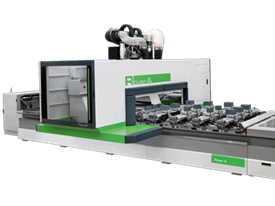
.png)
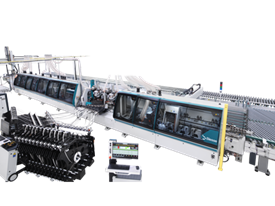
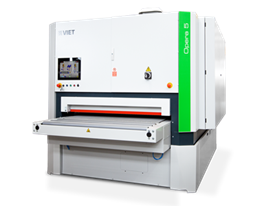
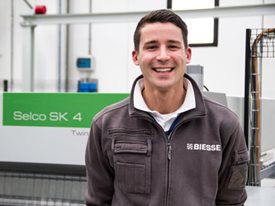
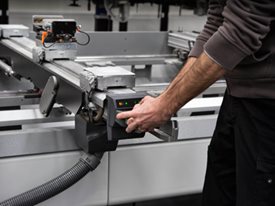
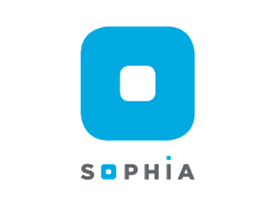
 Worldwide
Worldwide
 Italia
Italia
 United Kingdom
United Kingdom
 Россия
Россия
 France
France
 中国
中国
 Asia
Asia
 Deutschland
Deutschland
 España
España
 Schweiz
Schweiz
 North America
North America
 India
India
 Australia & New Zealand
Australia & New Zealand
 Türkiye Cumhuriyeti
Türkiye Cumhuriyeti
 Middle East
Middle East
 Brasil
Brasil
